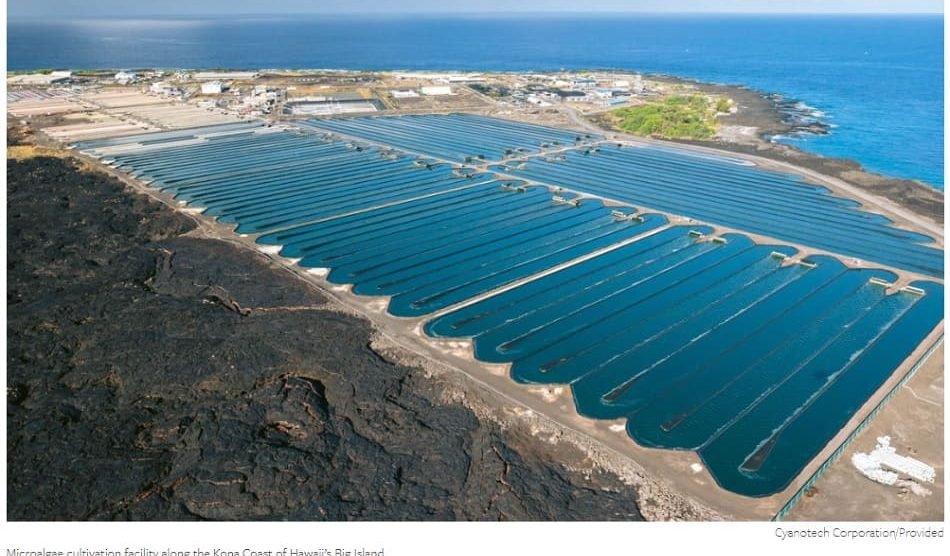Onshore algae farms could raise food output by 50%, and feed 10 billion by 2050
Growing nutritious, protein-dense microalgae in onshore, seawater-fed aquaculture systems, particularly along the Global South’s beaches, has the potential to raise food output by more than 50% and feed a predicted 10 billion people by 2050.
A new study demonstrates how growing algae ashore could help humanity fill a projected nutritional shortage while simultaneously increasing environmental sustainability.
‘We have an opportunity to grow very nutritious, fast-growing food in situations where we aren’t competing with other uses,’ said Charles Greene, emeritus professor of earth and atmospheric sciences and the paper’s senior author. ‘We also don’t have the same kinds of environmental problems because we grow it in reasonably confined and controlled facilities.’
Also Read | Govt looking forward building the sustainable economy through promising seaweed production
According to the report, even as the world’s population expands in the coming decades, climate change, limited arable land, a lack of fresh water, and environmental degradation will all limit the amount of food that can be cultivated.
‘With the way we now generate food and our reliance on terrestrial agriculture, we simply cannot fulfill our targets,’ Greene added.
With wild fish populations already depleted and restrictions on marine finfish, shellfish, and seaweed farming in the coastal ocean, Greene and colleagues argue for algae cultivation in onshore aquaculture facilities. Yields are predicted using GIS-based models based on annual sunshine, topography, and other environmental and logistical parameters. According to the model results, the optimum locations for onshore algae growing facilities are along the Global South’s coasts, including desert areas.
‘Algae has the potential to become the breadbasket of the Global South,’ Greene says. ‘In that tiny strip of land, we can grow more protein than the entire world will require.’
In addition to high protein content, the researchers noted that algae provide nutrients absent in vegetarian diets, such as important amino acids and minerals present in meat, as well as omega-3 fatty acids commonly found in fish and seafood.
Algae, which grows 10 times faster than typical crops, can be produced in a way that uses resources more efficiently than agriculture. For example, when farmers apply nitrogen and phosphorus fertilizers to terrestrial crops, approximately half of the fertilizer flows off the fields and pollutes streams. Excess nutrients can be captured and reused when algae is produced in enclosed facilities.
Also Read | India plans to increase seaweed output at 11.5 lakh tonnes in five years
To grow algae, carbon dioxide must be introduced to aquaculture ponds. Researchers and businesses have been experimenting with incorporating algae into building materials like cement, where carbon is trapped and removed from the atmosphere. ‘If we incorporate algae into these long-lasting structural materials, we have the potential to be carbon negative and contribute to climate change mitigation,’ Greene added.
Among those who contributed to the study were the US Departments of Energy and Agriculture.
Original Source:
Cornell University donated the materials. The Cornell Chronicle published the original, written by Krishna Ramanujan. Please note that the content may be altered for style and length.















Add Comment